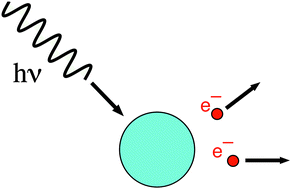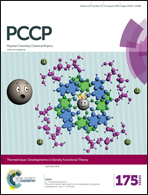Time-dependent Dyson orbital theory
Abstract
Although time-dependent density functional theory (TDDFT) has become the tool of choice for real-time propagation of the electron density ρN(t) of N-electron systems, it also encounters problems in this application. The first problem is the neglect of memory effects stemming from the, in TDDFT virtually unavoidable, adiabatic approximation, the second problem is the reliable evaluation of the probabilities Pn(t) of multiple photoinduced ionization, while the third problem (which TDDFT shares with other approaches) is the reliable description of continuum states of the electrons ejected in the process of ionization. In this paper time-dependent Dyson orbital theory (TDDOT) is proposed. Exact TDDOT equations of motion (EOMs) for time-dependent Dyson orbitals are derived, which are linear differential equations with just static, feasible potentials of the electron–electron interaction. No adiabatic approximation is used, which formally resolves the first TDDFT problem. TDDOT offers formally exact expressions for the complete evolution in time of the wavefunction of the outgoing electron. This leads to the correlated probability of single ionization P1(t) as well as the probabilities of no ionization (P0(t)) and multiple ionization of n electrons, Pn(t), which formally solves the second problem of TDDFT. For two-electron systems a proper description of the required continuum states appears to be rather straightforward, and both P1(t) and P2(t) can be calculated. Because of the exact formulation, TDDOT is expected to reproduce a notorious memory effect, the “knee structure” of the non-sequential double ionization of the He atom.

- This article is part of the themed collection: Developments in Density Functional Theory

 Please wait while we load your content...
Please wait while we load your content...